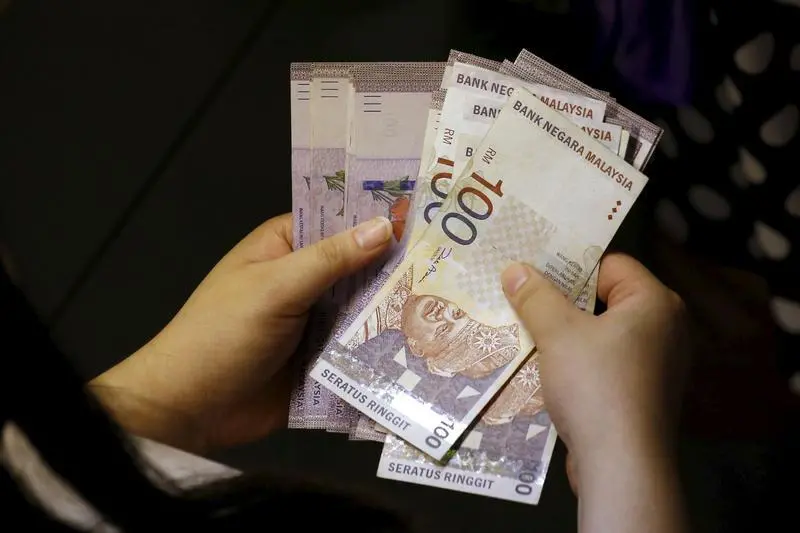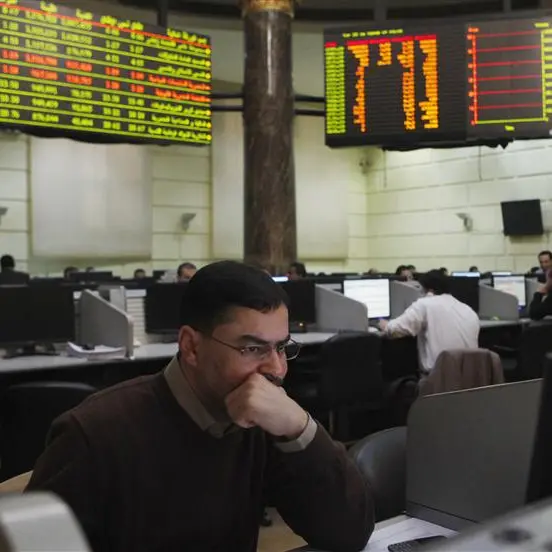PHOTO
Malaysian ringgit was set to log a near-6% decline in the first-half of 2023, leading losses among emerging Asian currencies, while equities in Malaysia and Thailand were the biggest losers in a mixed market.
On Friday, most Asian currencies recovered losses from earlier in the day, with the Philippine peso and Thai baht leading gains with a 0.4% appreciation each.
For the first-half, the ringgit was the biggest loser in emerging Asia, losing 5.8% weighed by capital outflows. It was last trading at 4.670 per dollar, hovering close to a near eight-month low.
"Malaysian ringgit has been an underperformer in Asia given sustained foreign equity outflows. That said, a pick-up in growth could turn around sentiment, and we could see USDMYR consolidating around 4.60-4.70 levels in 2H 2023," Wei Liang Chang, a macro strategist at DBS Bank said.
Equities in Malaysia were set to lose 7.7% for the period, and were among the worst performers in the region.
Next week, the Bank Negara Malaysia will meet to decide on its monetary policy. Analysts at Barclays expect the central bank to leave its benchmark rate unchanged.
The Thai baht is down nearly 3% this year and is currently lingering around a seven-month low. It remains under pressure as Southeast Asia's second-largest economy faces an uncertain path to selecting a new prime minister.
Shares in Bangkok were down 1.6% on Friday, and were set to log a near-10% decline for the first half, becoming the worst-performing shares in the region.
Meanwhile, the Indonesian rupiah emerged as the top performer in the region during the first-half, appreciating 3.8%.
Analysts at Maybank expect the rupiah to be pressured by the U.S. Federal Reserve's continued hawkish stance, although they don't expect it to fall below 15,230 per dollar.
In the U.S., data showed an unexpected weekly decline in the number of Americans filing new claims for unemployment benefits, and GDP growing, fuelling bets that the Fed will be forced to go for another round of rate hikes.
The "key reason (for Asian currencies' softness against the dollar) is that Fed Chair Powell has further raised his hawkish rhetoric, signalling at least two more rate hikes," Irene Cheung, senior Asia strategist at ANZ said.
Meanwhile, the Chinese yuan eased to 7.2615 per dollar on Friday, its weakest since Nov. 10. The yuan was set to end the first-half nearly 5% weaker.
Elsewhere, the Russian rouble also lost as much as 1.9% on Friday to hit its lowest level since March 29, 2022, while Turkish lira was trading 0.14% lower.
The International Monetary Fund (IMF) reached a staff-level pact with Pakistan on a $3 billion stand-by arrangement, a decision long awaited by the South Asian nation which is teetering on the brink of default.
Equities in emerging Asia were mixed on Friday, with markets in Thailand gaining 1.5%, while China and India up 0.7%. For the first-half, equities in Seoul were set to show a gain of 14.6%, while those in Taiwan were up almost 20%.
HIGHLIGHTS:
** Japan's yen weakens past key 145 per dollar; set to lose 9.4% in H1
** Malaysian palm oil futures gain, but headed for their first monthly jump in four -
** Thailand's economy picks up in May as tourism, spending rise -
(Reporting by Nausheen Thusoo in Bengaluru; Editing by Varun H K)




















